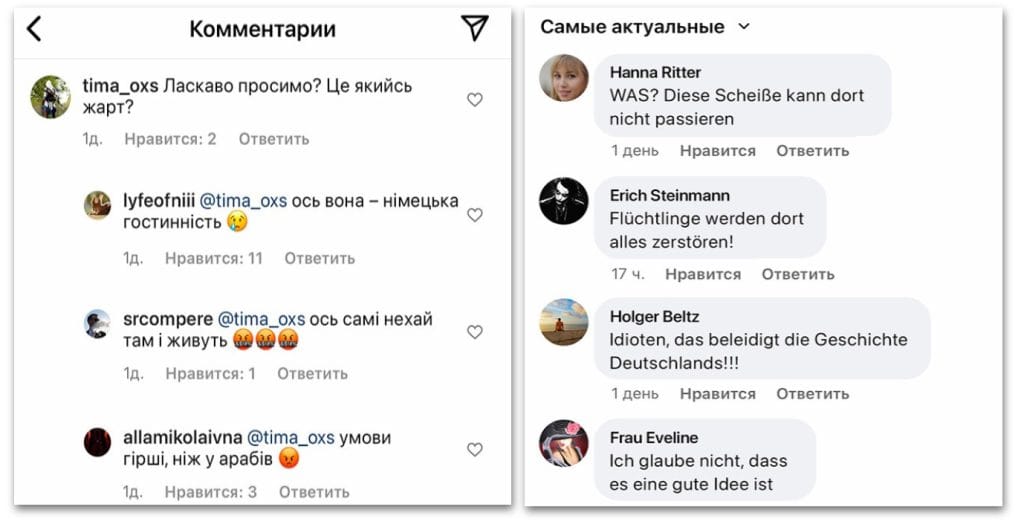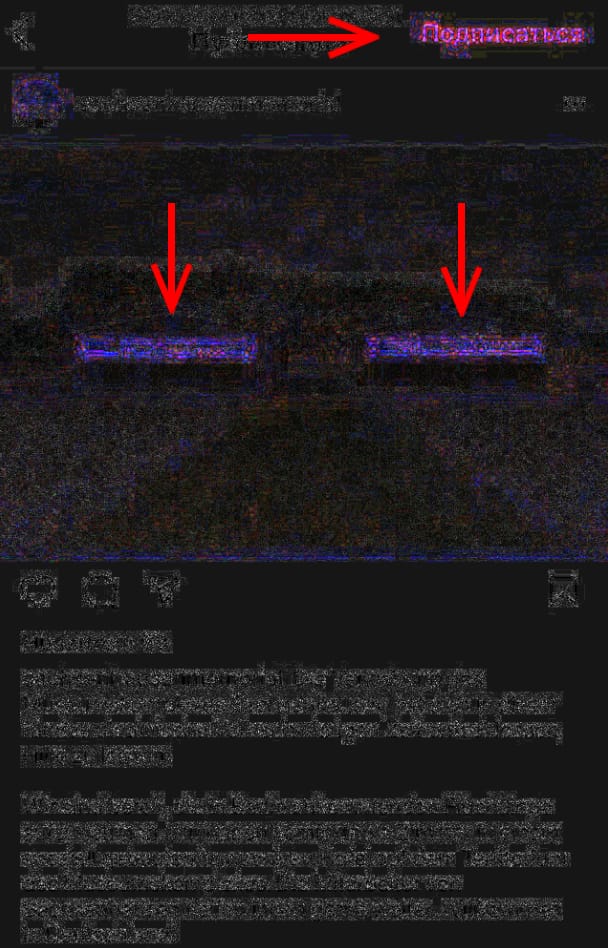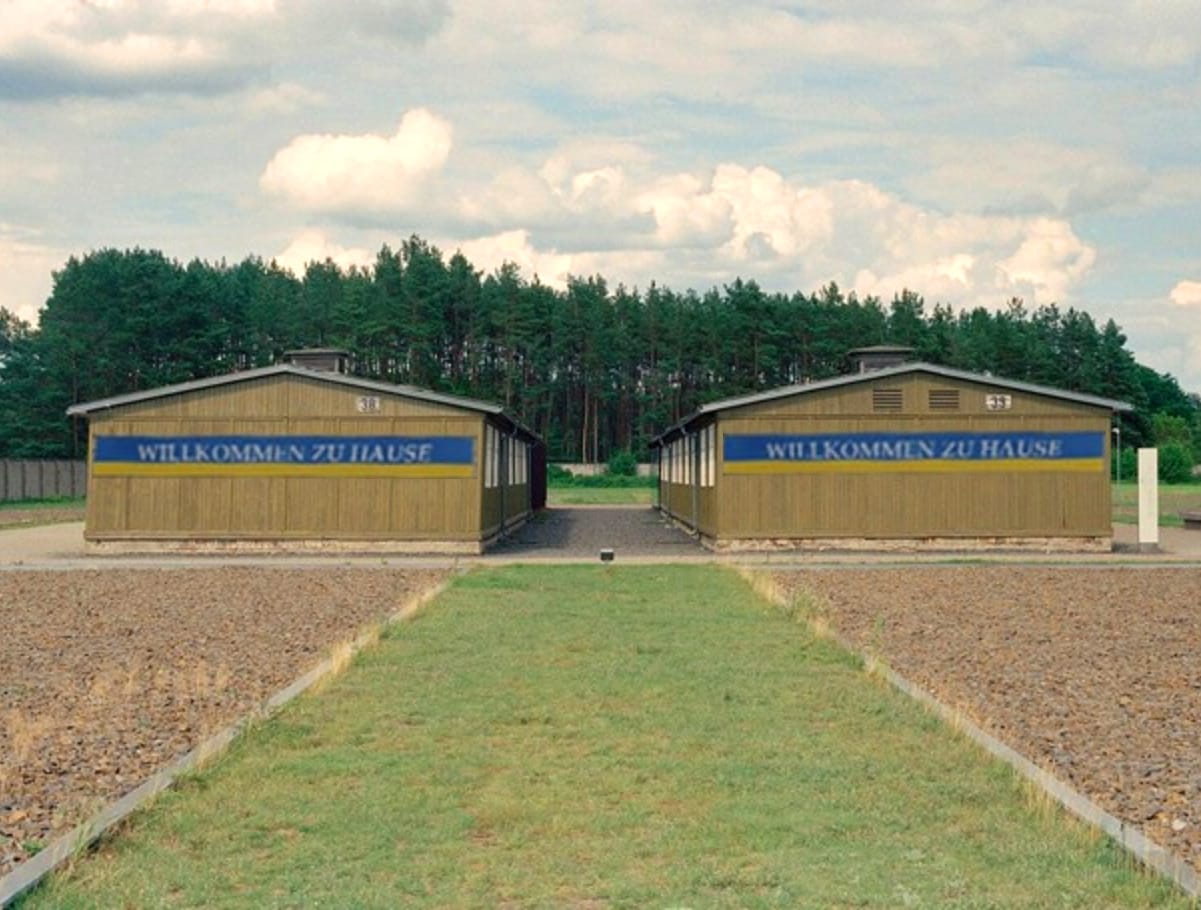News spread across the Internet that the administration of the museum of the former Sachsenhausen concentration camp in Germany proposed to settle Ukrainian refugees on the territory of the memorial. We have checked whether these reports are true.
First to announce Sachsenhausen reported Telegram channel "Tribunal". The invitation allegedly appeared on the museum complex’s social networks. The channel called the “cherry on the cake” the banners on the barracks of the former concentration camp, welcoming future Ukrainian residents with the words “Welcome home.” According to the channel, the museum’s post caused outrage not only among Ukrainians, but also among Germans. As a result, the administration deleted the post a few hours later. The Tribunal demonstrated screenshots deleted posts and added: “We urge you to appreciate the full extent of the madness and think about how Ukrainians are actually treated in Western countries.”
This news quickly spread on Telegram-channels, social networks And Media. For example, the “War on Fake” channel wrote: “The inscription: “Welcome home” on the walls of the barracks, where concentration camp prisoners, including Ukrainians, were previously kept, gives ambiguity to the hospitality of the Germans.” In the comments to the post, some users expressed surprise, and some wrote that “that’s where they belong.”
Screenshots of the Telegram channel “Tribunal” show deleted posts from the official pages of the Sachsenhausen Museum in Instagram And Facebook. To demonstrate the level of user outrage, the Tribunal also attached screenshots of Ukrainian comments (to post on Instagram) and Germans (to post on Facebook).
First of all, we checked whether users with such names exist on both social networks. There were no users on Instagram with the nicknames tima_oxs, lifeofniii and srcompere. User allamikolaivna after all, he was found, but his profile photo is different and he is not subscribed to the Sachsenhausen Museum page. The account contains only one photo, posted in July 2018. It is unlikely that after four years of inactivity, the owner of the account suddenly went to the Sachsenhausen Museum page to comment on the post.

The same situation applies to German users who allegedly commented on the museum’s Facebook post. There are several dozen users with the names Hanna Ritter or Erich Steinmann, but the profile photos do not match those in the screenshot. There are no users with the names Holger Beltz and Frau Eveline registered on the social network at all. It is also strange that the age of the publication - “1 day” - is written in Russian, and the Mehr anzeigen (“Show more”) button to expand the full text is in German. The interface language is determined in the user settings and cannot display information in different languages in the same application.
We conducted a digital analysis of the Instagram screenshot, which confirmed that the photo was composed of several images. For example, error level analysis (ELA, error level analysis) showed that the level of compression of the pixels of the “Subscribe” button and banners on barracks differs from the general level of compression. This suggests that these elements were digitally added to the image.

We managed to find the original snapshot, which was used by the creator of the photo collage. There are no welcome banners at the former Sachsenhausen barracks.

We also called the museum and asked to comment on the news about the placement of Ukrainian refugees. We were told that they had not heard anything about this and if such information was not available on website museum, you shouldn't trust her. According to them, there are no suitable premises on the territory of the complex to accommodate people. Apparently, the former prisoner barracks didn’t even cross their minds.
So, the posted screenshots, like the photo of the barracks with banners themselves, are fake images created using a graphics editor. Most likely, the fake was created by the authors of the Telegram channel “Tribunal” in order to force the audience “to appreciate the full extent of madness and think about how Ukrainians are actually treated in Western countries.”
Fake
Cover image: Telegram channel “Tribunal”
Read on the topic:
- "Amateur". Sachsenhausen: without the right to forgiveness
- Deutsche Welle. Sachsenhausen: two crimes in one museum
- Sachsenhausen Camp Museum and Memorial. 1945 Soviet special camp
If you find a spelling or grammatical error, please let us know by highlighting the error text and clicking Ctrl+Enter.






